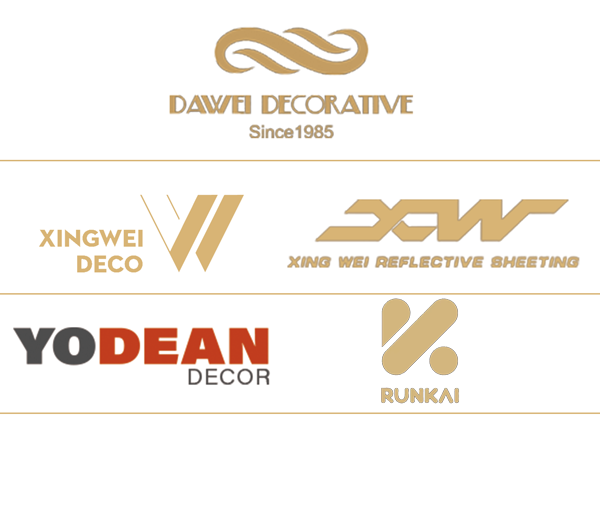When installing edge banding, there are some important considerations you need to make. The first thing is to plan your application. This way, you can minimize visible joints. Once you have preplanned your project, it’s time to start applying the edge band. After positioning the edge band in place, heat the adhesive with an iron. You should first heat the first four to six inches of the edge band before applying the next strip. Let the adhesive cool for a minute. Then, move the iron slowly along the length of the edge band. Make sure to apply downward pressure as you work.
Tip
While ironing edge banding, it is important to move the iron slowly along the edge. You want to hold the iron under each inch of edge banding for around 20 seconds. Taking the time to heat the edge banding is essential to a good adhesive bond. Then, use a scrap block of wood to press the edge banding down firmly. You can apply the edge banding in sections.
Before applying edge banding to the plywood, make sure that the banding matches the type of plywood that you are using. If the banding is not matching the type of plywood, you can use a stain that matches the wood. Unlike plywood that has to be stained with a special stain, edge banded plywood will take stain well.
Measurement
Measurement is the key when applying iron on edge banding. Move the iron slowly along the edge banding, and make sure to hold the iron over each inch of banding for 20 seconds. This will make sure that the banding covers the adjoining edges. After applying edge banding, remove the old glue.
Using a heat gun or hard roller to apply the adhesive is helpful for curved edges. Be sure to apply a small bead of adhesive onto the underside of the banding. This will help the adhesive adhere to the surface and help minimize visible joint.
Common species of edge banding
Wooden edge banding is available in several species for use in cabinetry and furniture construction. Common species include oak, maple, pine, and rosewood. Exotic species are available in smaller varieties and can be purchased from specialty woodworking stores. Generally, these edgebandings are available in 8-foot lengths and widths of 7/8-in to 2 inches. These edgebandings are best for use with 3/4-in plywood.
Some edge bandings are more flexible and durable than others. ABS edge banding, for example, is chemically resistant, and UV-resistant. Wood-based edge banding is flexible and durable, and can be applied to many types of surfaces. The most common species of wood-based edge banding are 20 and 25-mm-wide rolls.
Self-stick vs iron-on edge banding
If you want to protect a corner or edge of a solid wood cabinet, you need to know the difference between self-stick edge banding and iron-on edge banding. Self-stick edge banding works best with a tight radius, while iron-on edge banding tends to come off before the glue has a chance to set. Self-stick edge banding is also more expensive than iron-on edge banding, but both methods are equally effective.
For iron-on edge banding, you’ll need an iron and an edge trimming tool. While you can use a standard household iron, it’s best to invest in a specialized iron. This will help prevent the glue from escaping when you’re applying the edge banding. You might also consider purchasing a travel-size iron, which can give you more control over the edge banding application.
Trimming
The first step in applying iron on edge banding is to position the banding correctly. It is helpful to plan ahead, as this will minimize visible joints and make the job much easier. You will need one hand to hold the banding in place, so you can use the other hand to apply the iron. Apply heat to the edge banding for about four to six inches at a time. After applying heat, let the adhesive cool down for about a minute. Then, slowly move the iron down the edge banding using downward pressure.
To apply iron on edge banding, you will need a hobby iron. You will need one with a medium heat setting. This will reduce the risk of scorching the edge banding. Using an iron with a medium heat setting will allow you to apply the banding more evenly.



Leave a Reply
Want to join the discussion?Feel free to contribute!